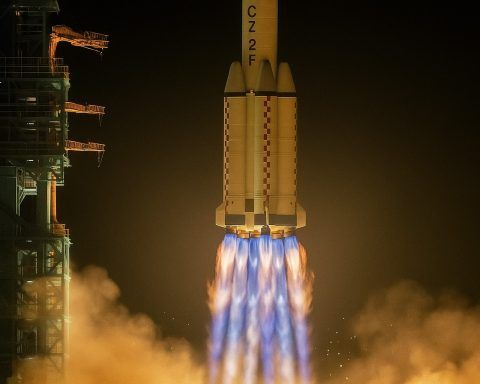
Shenzhou‑20: China Delays Astronauts’ Return After Suspected Space‑Debris Strike — Latest on Tiangong (Nov 7, 2025)
Published: November 7, 2025 Summary What happened China’s human‑spaceflight agency said the Shenzhou‑20 return mission, originally scheduled for Wednesday, was postponed due to a suspected impact from tiny orbital debris on the crew capsule. The agency added that “impact analysis

